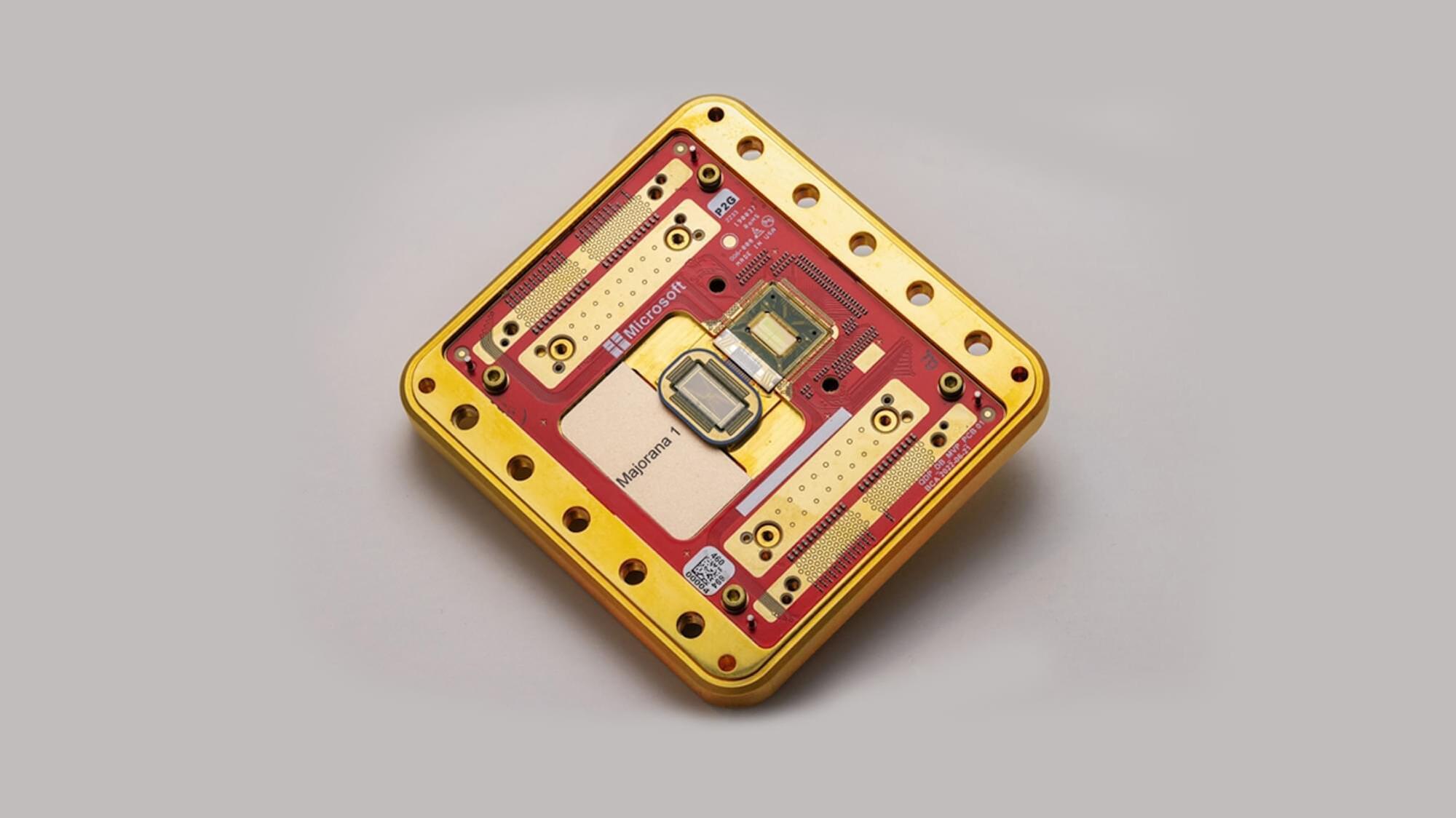Since their invention, traditional computers have almost always relied on semiconductor chips that use binary “bits” of information represented as strings of 1’s and 0’s. While these chips have become increasingly powerful and simultaneously smaller, there is a physical limit to the amount of information that can be stored on this hardware. Quantum computers, by comparison, utilize “qubits” (quantum bits) to exploit the strange properties exhibited by subatomic particles, often at extremely cold temperatures.
Two qubits can hold four values at any given time, with more qubits translating to an exponential increase in calculating capabilities. This allows a quantum computer to process information at speeds and scales that make today’s supercomputers seem almost antiquated. Last December, for example, Google unveiled an experimental quantum computer system that researchers say takes just five minutes to finish a calculation that would take most supercomputers over 10 septillion years to complete—longer than the age of the universe as we understand it.
But Google’s Quantum Processing Unit (QPU) is based on different technology than Microsoft’s Majorana 1 design, detailed in a paper published on February 19 in the journal Nature. The result of over 17 years of design and research, Majorana 1 relies on what the company calls “topological qubits” through the creation of topological superconductivity, a state of matter previously conceptualized but never documented.
